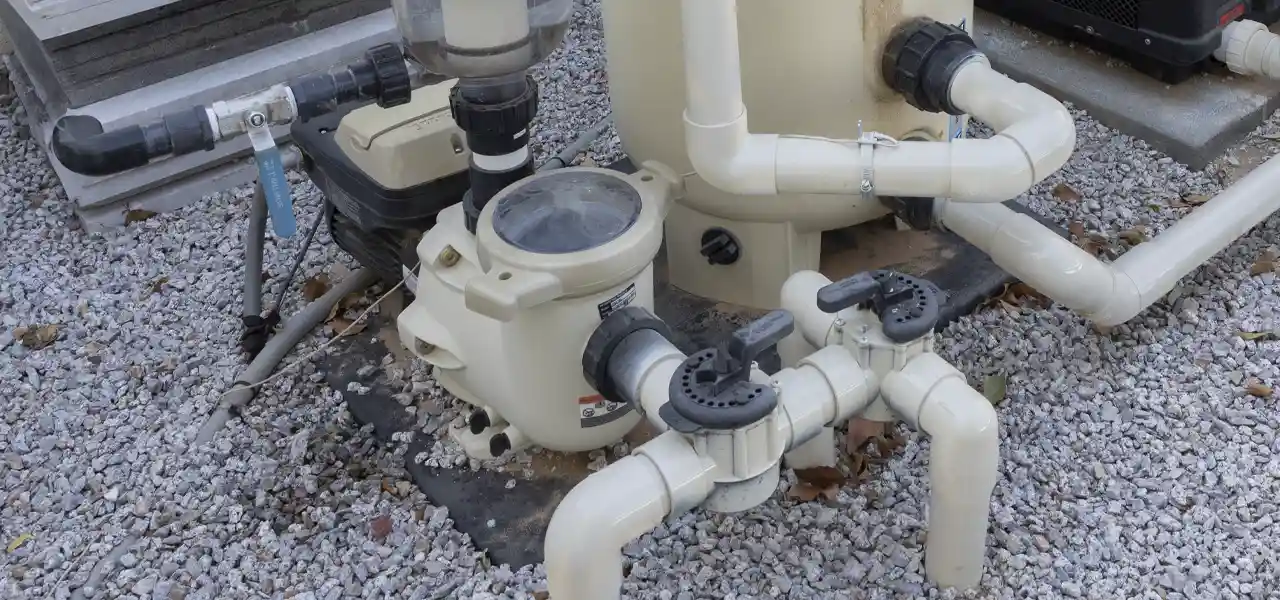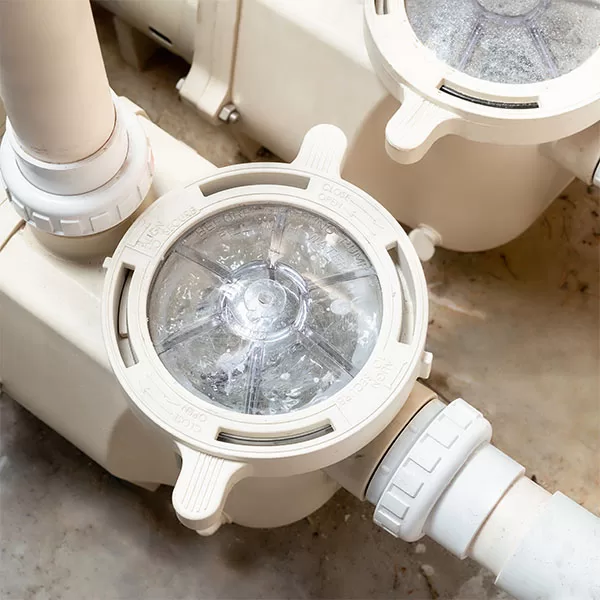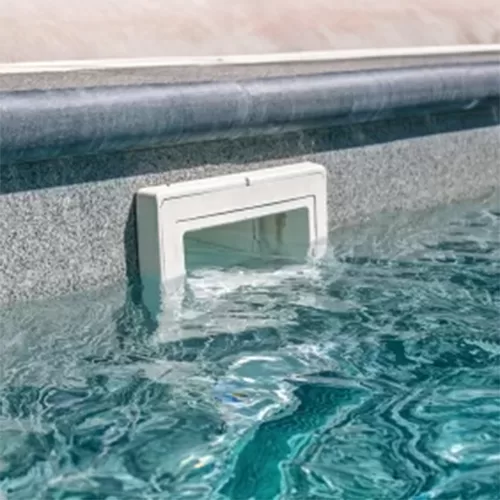FREE Standard Shipping On All Orders $100 or More!*

Pool Pump Surging
Today, we tackle an issue that has plagued pool owners for millennia - what to do when the pool pump is surging, or pulsing. That is, when the water flows into the pump intermittently, it starts to catch prime, and then loses it, and then catches again. Surging pool pumps also make a tell-tale noise as the water level in the pump rises and falls. What is it that causes pump surge? Read on...
Air Leaks
Yes, the number one cause of water surging in the pump is a classic air leak. As the pump builds in water flow, the vacuum created increases, which makes it easier for small air leaks to become big air leaks.
What do I mean by air leaks? This is a void, in front of the pump impeller (Before the impeller), that is drawing air into the system when the pump is running. Your pump will prefer to pump air, rather than water - it is the path of least resistance.
The most common sources of air leaks? A loose and heat-shrunken MTA fitting coming into the pump is number one. A loose pump lid is second, followed by a damaged or dry pump lid o-ring without lube. Third on the list is a leaky suction-side valve; skimmer or main drain valve, or check valve.
You can test for air leaks by smearing shaving cream (yes!) over everything and looking for where it gets sucked in, or by using a Drain King to pressurize the suction-side manifold. The air leak will always be before the pump impeller, because after the pump, any void will leak water not air, as it is under pressure not vacuum.
Pipe Obstruction
Another cause of pool pump surging is when a suction pipe (skimmer, main drain or vacuum) is clogged, or partially clogged, I should say.

In some cases, it will be a clog of leaves or gum tree spiky balls, or acorns - and you may know this if you were just vacuuming heavy debris, and lost suction suddenly.
In other cases, it will be a too-small winterization plug that slipped down the pipe, or a piece of plastic. In both cases, the foreign object usually gets stuck at the first 90 fitting, directly below the skimmer, and the suction causes it to alternately completely block and partially block, the water flow, creating the pulsing pump.
A Drain King, available at your local hardware store and attached to a garden hose, can be inserted into the front of the pump (facing the pool), and used to push clogs backwards, toward the skimmer, where the material or object can be removed.
Low Water Level
Is the water level in the pool up to mid-tile? Even so, do you notice a swirling vortex in the skimmer, which is drawing air into the pump? This will cause intermittent flow problems, with the pump running fine until the vortex draws in a good stream of water, and then bogs down.
This is an easy problem to solve, just add water!
Stuck Skimmer Weir

The skimmer weir is the flap inside the skimmer throat. In some cases, when a skimmer's side walls have bowed inward, this can cause the weir to become stuck in a vertical position, blocking water flow.
Discovering this one can be tricky, because sometime you go to inspect the skimmer and it has fallen back down to a normal, more horizontal position, mocking your attempts at solving the pool pump pulse problem.
You can manually test for the problem however, by removing the skimmer lid and reaching in toward the pool (easier with the pump off), and pushing the weir to a vertical position, and seeing if it will stay stuck.
Loose Pump Switch
A related problem, often accompanied by a clicking sound, is when one of the switches in the rear of the motor is chattering, or switching on/off, on/off...
In AO Smith style motors, there is a centrifugal switch on the end of the motor shaft, that can be loose, and not fully engage, or lay flat. Tighten the center screw and check that it is aligned with the tab on the triangular shaped stationary switch.
The stationary switch can also cause this problem of cycling on/off, on/off. This switch is located at 6 o'clock, and the screw at the bottom can come loose, or the tab can become misaligned with the centrifugal switch.
Century motors have a 'switchless' motor, which does have a switch on the end of the shaft, which can become damaged, or obstructed, so that it does not fully open.